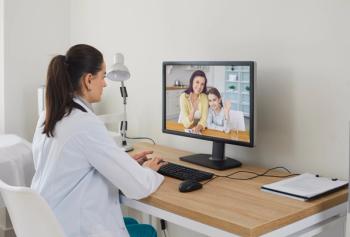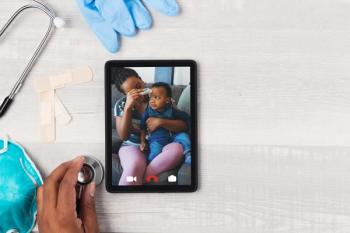
How telehealth varied across subspecialties in the pandemic
Telehealth became a helpful way for patients to receive care during the pandemic. A recent report examines how the use of telehealth varied across subspecialties.
When life dramatically changed with the onset of the COVID-19 pandemic, how people accessed care had to shift as well, which lead to many practices and patients turning to telehealth. A recent
The investigators looked at 8 large pediatric medical groups in California that had agreed to aggregate their telehealth use for 11 subspecialties from January 2019 and December 2021. A visit was defined as delivered by a clinician who predominantly treated children. The medical groups included the largest children’s hospital in California and a medical system that covers the largest geographic region in the state.
In 2019, the 8 medical groups had 1.8 million visits with 549,306 unique patients aged younger than 18 years. In this group of patients, 250,329 used Medicaid and 72,928 preferred using a language other than English during their visits. From May 2020 to April 2021, telehealth visits ranged from 6% to 29% of total visits among the subspecialties that had lower telehealth utilization, such as cardiology, dermatology, and orthopedics. In the subspecialties that had higher rates of telehealth use, such as genetics, neurology, and endocrinology, total visits carried out with telehealth ranged from 38.8% to 73.0%. The volume of telehealth visits remained stable from May 2020 and onward for some subspecialties, particularly the ones that had lower rates of overall use. Although the no-show rates rose slightly for both lower-telehealth-use subspecialties (9.2% to 9.4%) and higher-telehealth-use subspecialties (13.0% to 15.3%) from the pre pandemic rates, the changes did not remain statistically significant after adjusted differences (difference, 2.5 percentage points; 95% CI, −1.2 to 6.3 percentage points; P = .15).
The investigators concluded that there was a high rate of variability in how subspecialties adopted telehealth. They believe that understanding this variation can be used to help create future telehealth policy for pediatrics.
Reference
1. Uscher-Pines L, McCullough C, Dworsky M, et al. Use of the telehealth across pediatric subspecialties before and during the COVID-19 pandemic. JAMA Netw Open. 2022;5(3):e224759. doi:10.1001/jamanetworkopen.2022.4759
Newsletter
Access practical, evidence-based guidance to support better care for our youngest patients. Join our email list for the latest clinical updates.




